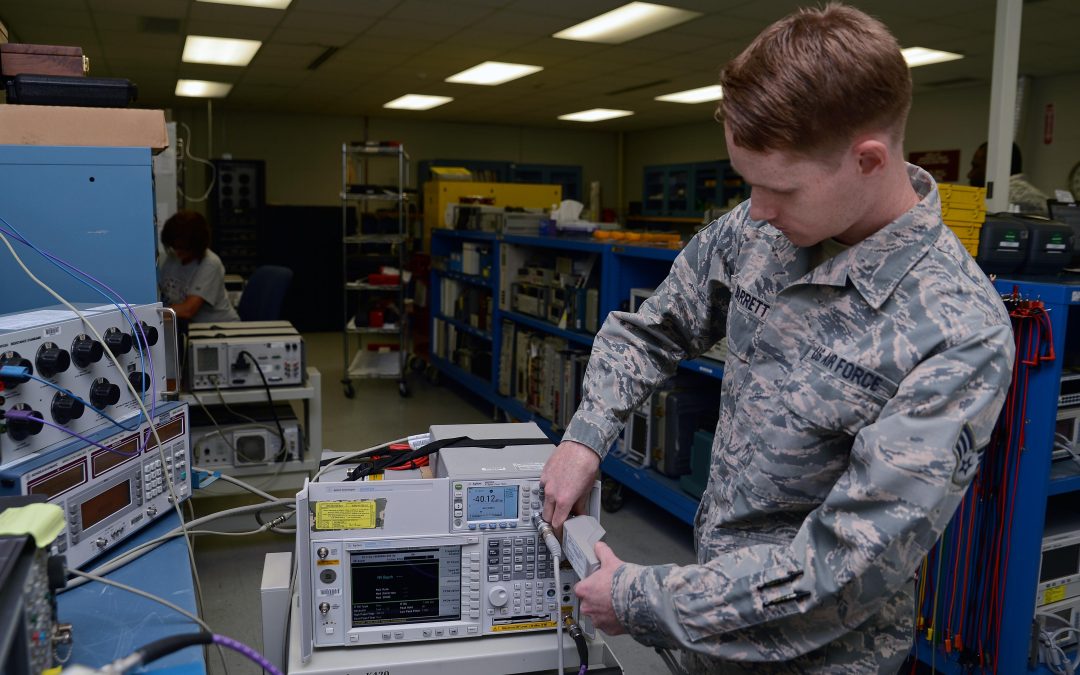
The need for Science, Technology, Engineering, and Mathematics (STEM) employees are growing at a much faster pace than the education system is producing candidates. This discrepancy brings a consistent warning from employers in the United States, including the Armed Forces, about the ability to meet demand. Armed Forces programs seek to expand STEM education in the U.S., including a concerted effort to reach schools and students who often lack access to these opportunities.
The gap between STEM graduates and the needs of the workforce is rapidly widening. In fact, according to data from nonprofit code.org, in the country, there were over 600,000 open computing jobs, with only 43,000 students entering the workforce the previous year with those skills and education. And the number of new STEM jobs could be as high as 1 million by 2020. The Army Educational Outreach Program (AEOP) is a prime example of the response from the U.S. Armed Forces to close this gap.
AEOP, among other Armed Forces entities, is taking the initiative to “lay a foundation so the Army and the Department of Defense will have enduring access to the best and the brightest” according to Louie Lopez, the chief of human capital and STEM outreach at U.S. Army Research, Devlopment Engineering Command, speaking to Education Dive in Armed Forces see STEM education as ensuring a bright future.” In addition to the specific needs of the Army, there are over 13,000 civilian STEM scientists and engineers, enhancing the incentive for them to invest in STEM literacy. Programs supported include mentoring by Armed Forces volunteers, fellowships and internships for STEM students, summer programs for students as early as middle school, and incentives for students entering college.
As the U.S. Armed Forces continue to apply their substantial resources to expanding STEM education, the opportunity to reach a larger part of the student population is significant. These programs include specific efforts to also affect the diversity gap. Many of these programs effectively bring the opportunities to educators and students alike, but there are many schools and students who do not traditionally have access to the resources necessary to find and develop STEM education. Thus, there is a gap between the recognition of the needs and opportunities associated with STEM training, and the implementation of the programs that provide solutions.
This gap can be filled for the military training and educational institutions, through an innovative approach offered by Robokind’s Robots4STEM. Robots4STEM is easily implemented, accessible from anywhere, and is self-paced. The lesson plans are included to reduce the burden on educators. Robots4STEM allows students to program Jett, a robot and avatar, using a drag and drop language called JettLingo. This curriculum allows students to develop and test their coding skills, working at their own pace, in a fun environment that stimulates their passions and interests in STEM education.
Feature photo: Department of Defense


